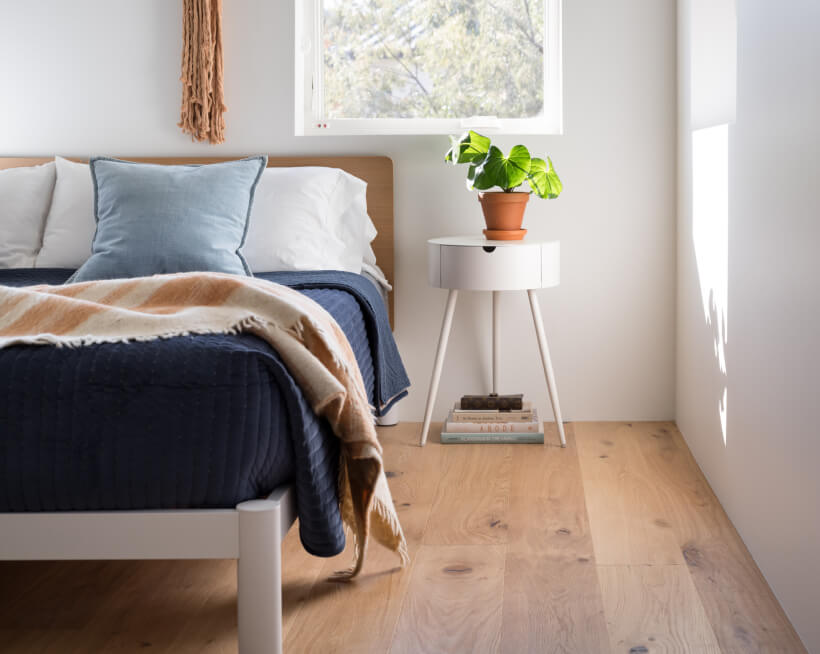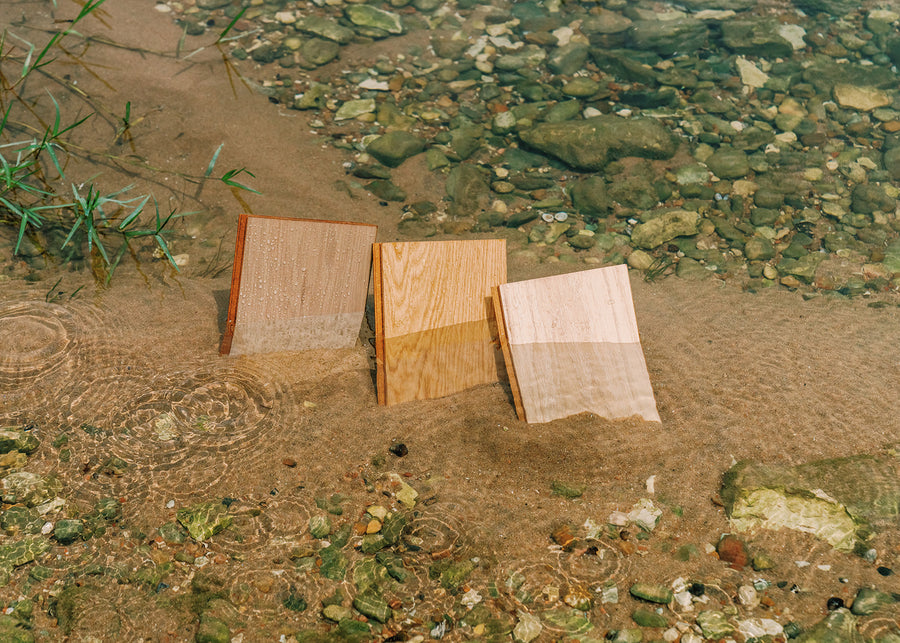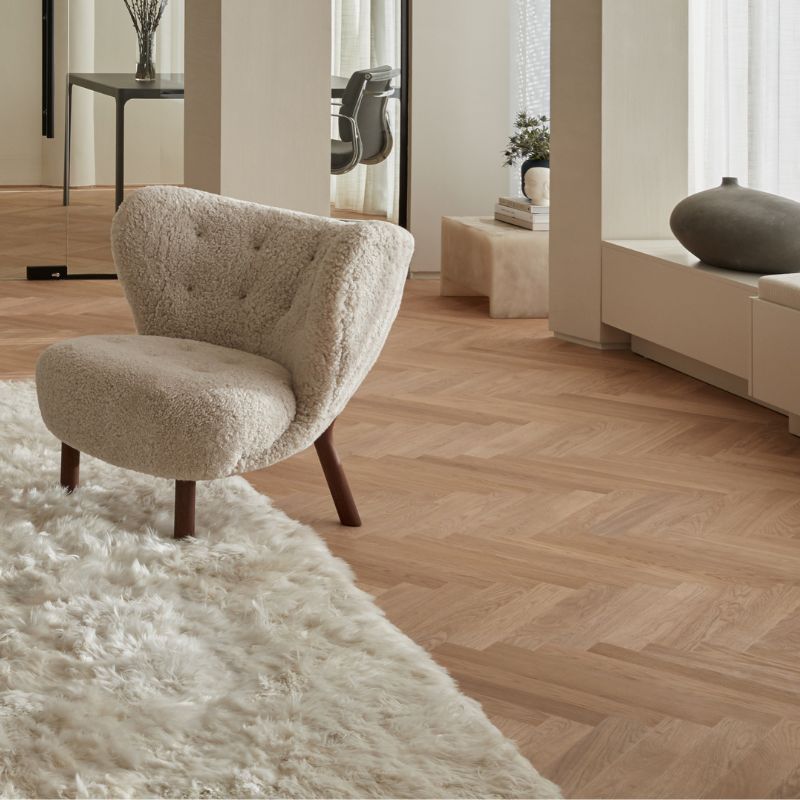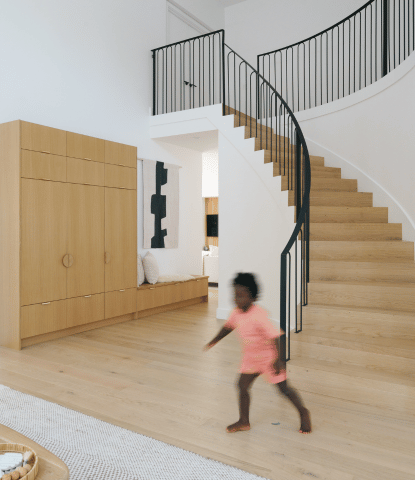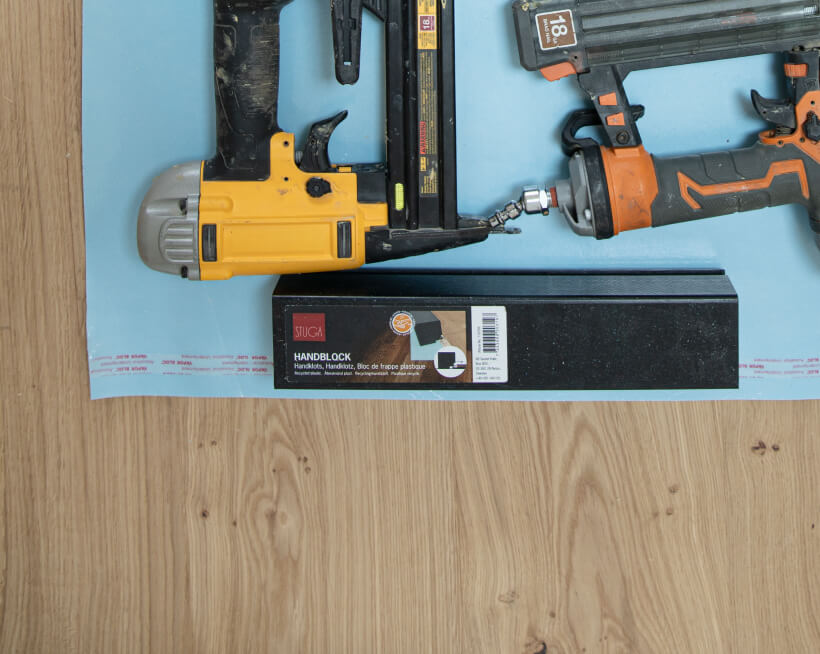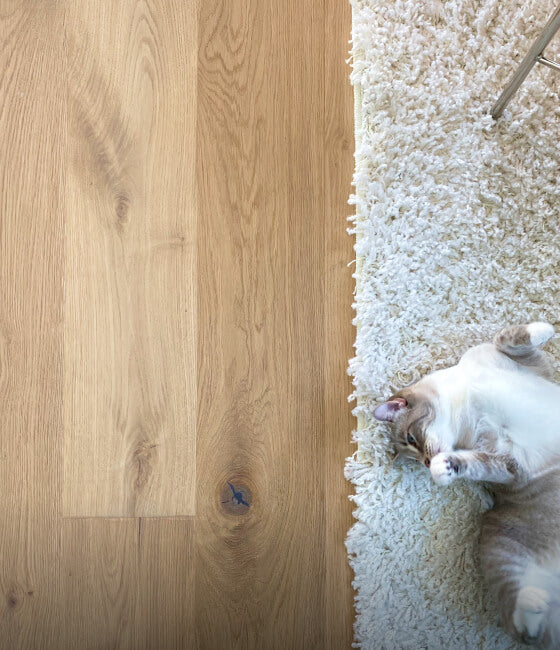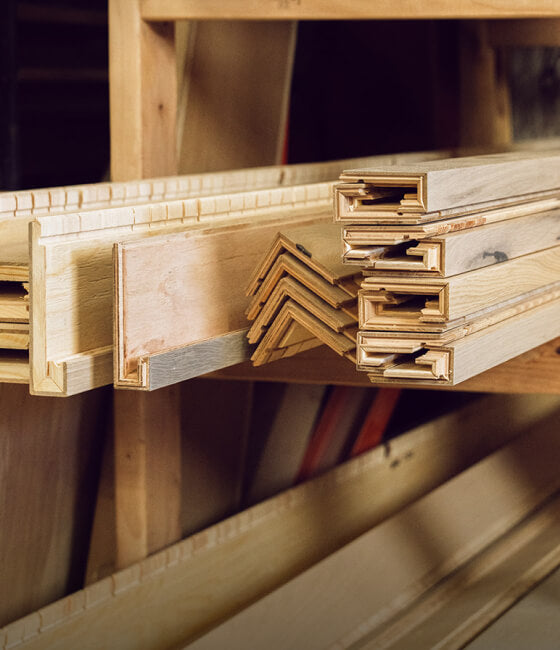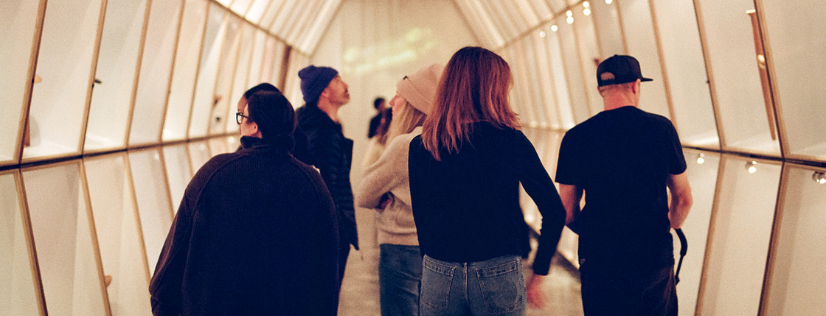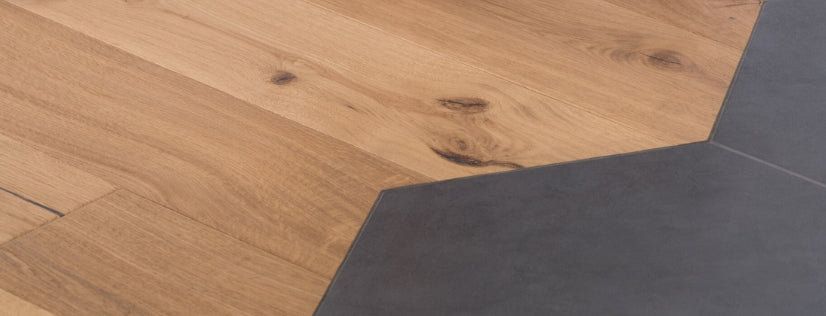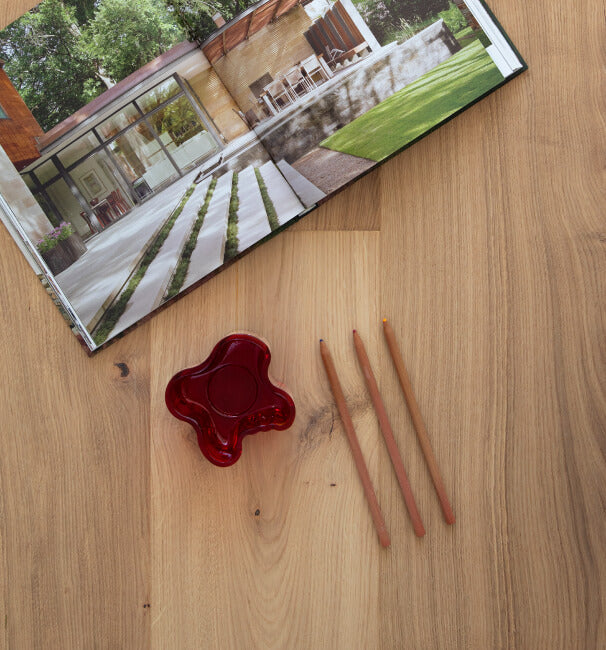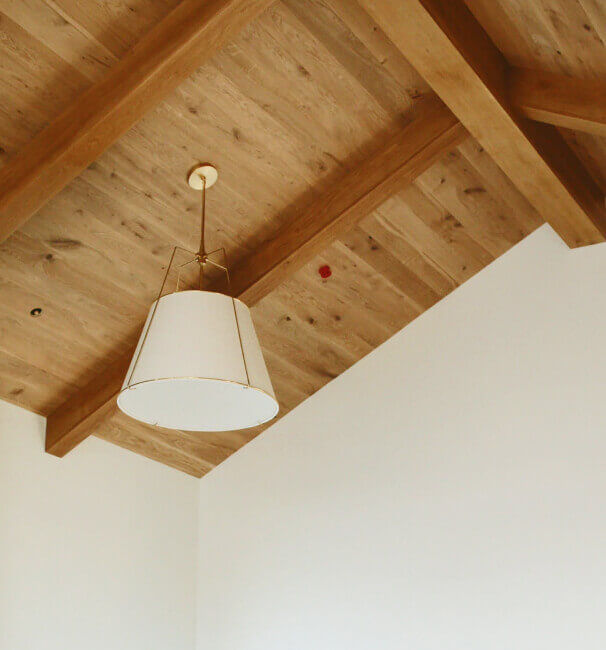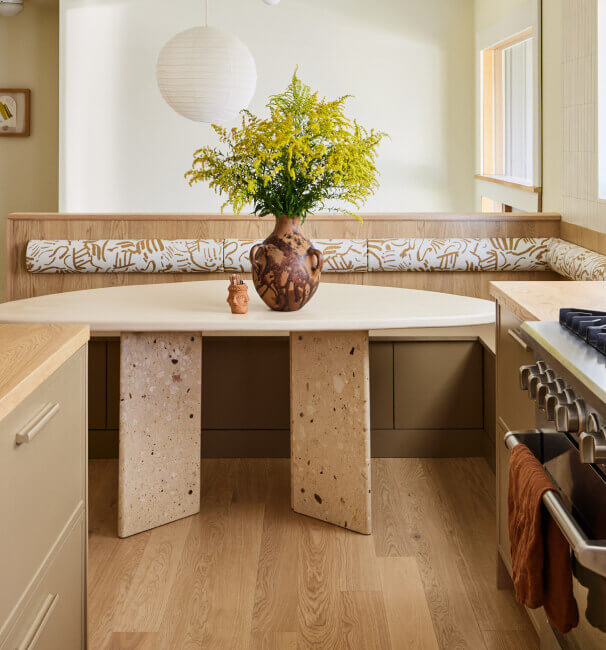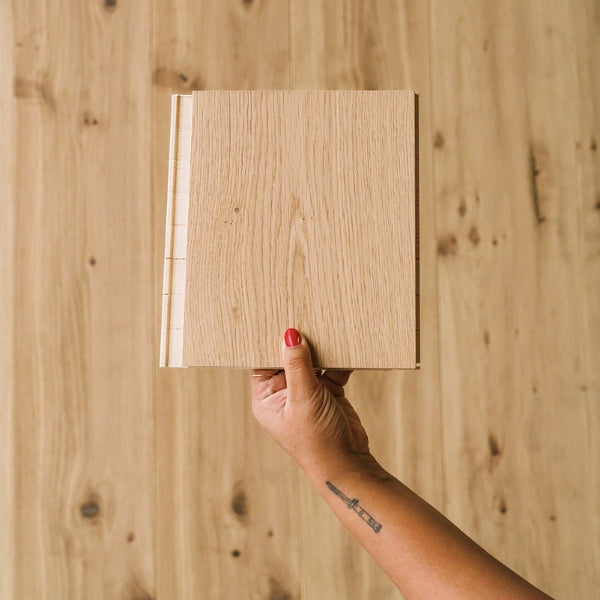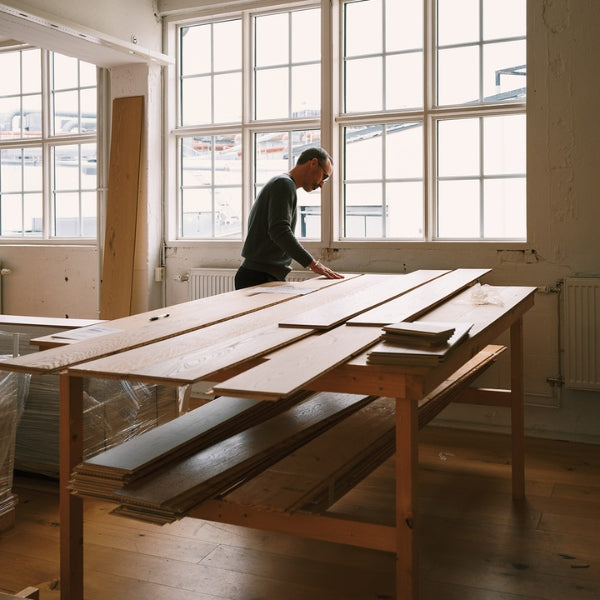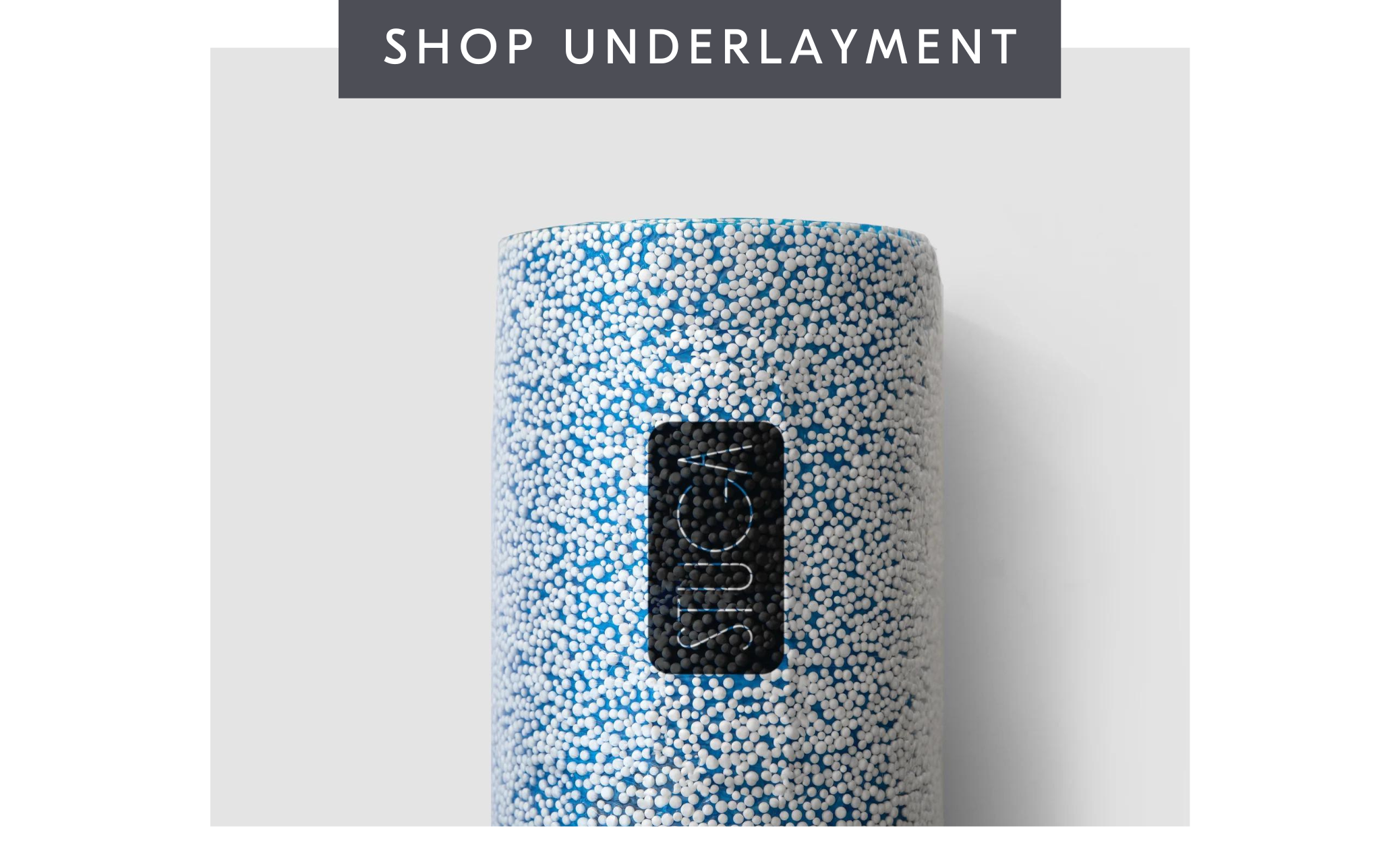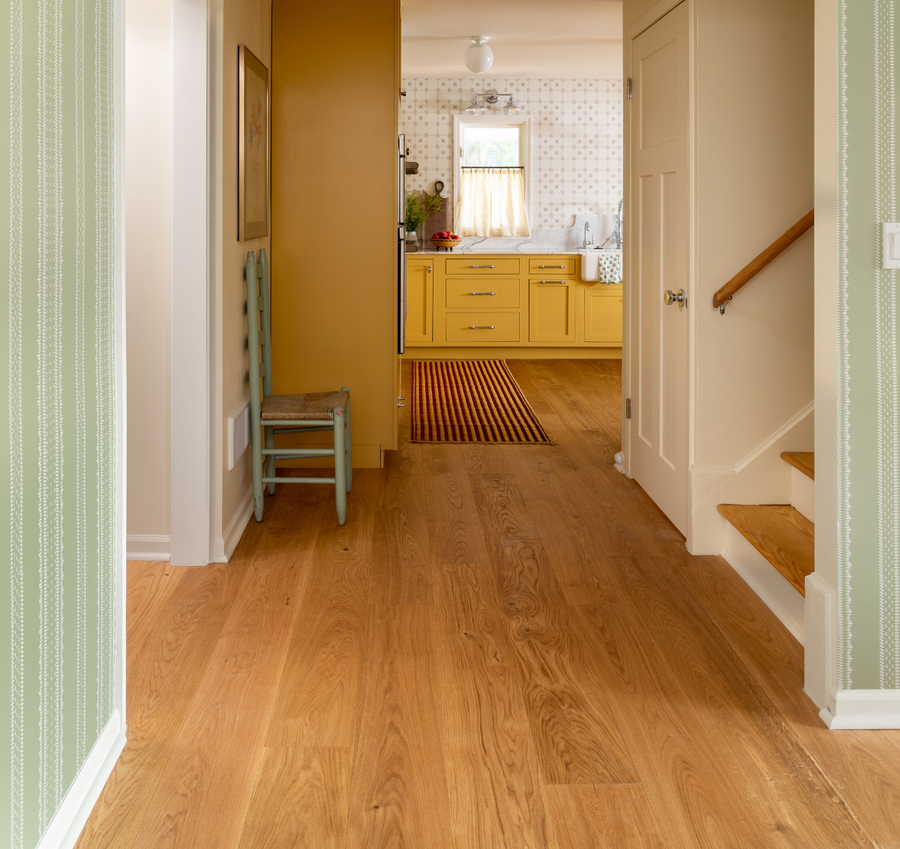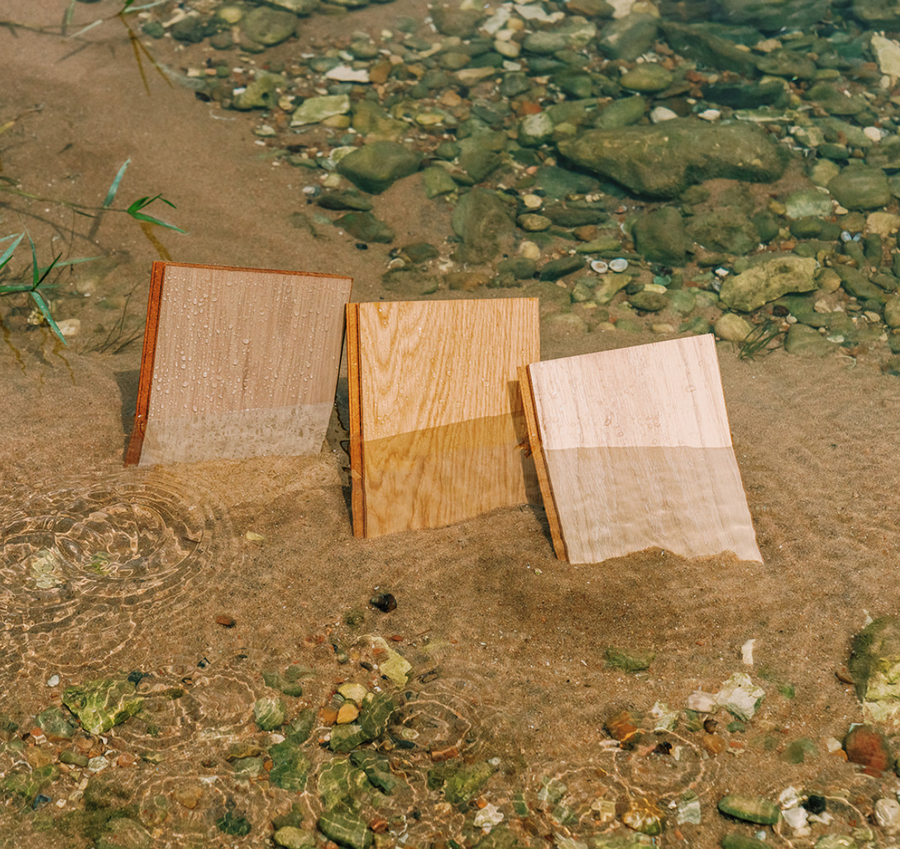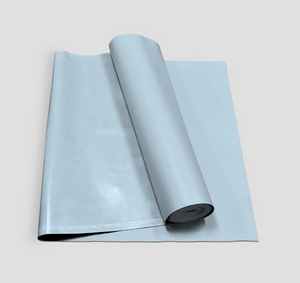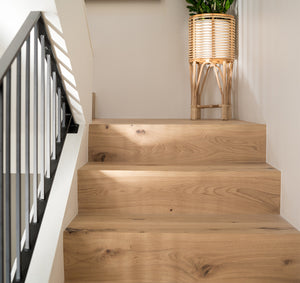April 06, 2022
Wood Flooring Underlayment: What It Is and Why You Need It
by Haley Holm-Pedersen
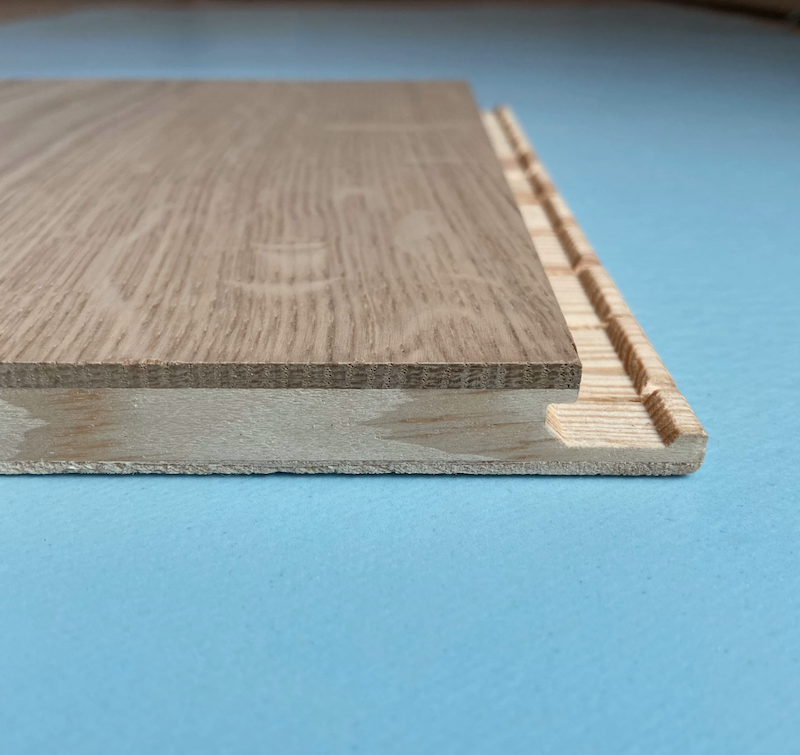
While you’ve spent lots of time with your samples, moving them around your home to see them in every corner, meticulously choosing the Scandi floor that looks best in your house, you probably haven’t given much thought to the underlayment. We’re here to simplify this decision making process (and maybe introduce you to underlayment for the first time) so that you can be sure you’re ordering everything you need for a smooth install day.
Let’s start simple: What is underlayment?
Underlayment is a thin layer of protective, high-density foam that will protect your floors for a lifetime. It is installed between the subfloor and hardwood floors to provide a barrier that will dampen sound and protect your beautiful hardwoods from mold, mildew, and moisture.

Why do you need underlayment for your wood floors?
The number one cause of damage to a wood floor is moisture coming up from the subfloor. To ensure your floors are 100% covered by our warranty, typically an underlayment with a moisture barrier is required. Our Nature-All-in-One Underlayment is made from 100% High Density Foam which provides a protective barrier for your floors against any moisture that may come from the subfloor. It’s antimicrobial, which means while it’s protecting your hardwood floors, it’s not growing any mold.
We know that one of the reasons you chose floors from the happiest forests on earth is because they are healthy. Healthy for the planet, but also healthy for your family. Our underlayment produces no off gassing, making it a perfect match for your Stuga floors. We want you to walk into your #EyeScandi dream home and smell that forest scent we all love, so we offer underlayment that allows for that, while also providing the protective barrier your floors need.
When your hardwood floors are replacing carpet, many owners wonder how the change will affect the noise levels. While we can’t speak for the dog barking at the mailman or the kids chasing each other down the hall, we are pleased to tell you that our underlayment has excellent acoustic ratings, meaning it will absorb some of the echoing noise people may worry about when switching to a hardwood floor.
Can you staple your underlayment?
Before we dive into the installation of your underlayment (spoiler alert: it’s very simple), let’s talk quickly about the different subfloors your home may have. Chances are your engineered floors will be laid on a plywood or a concrete subfloor. You can, and should, use an underlayment on all types of subfloors.
On a plywood subfloor, you have your choice of installation methods. You can float your floors, staple your floors, or glue your floors. If you are floating your floors, you will simply roll out your underlayment, just like unrolling a sleeping bag, before laying your floors right on top.
If you are stapling your floors, you’ll still unroll the underlayment, then as you staple through your hardwoods during installation, you will staple right through your underlayment into the subfloor. We recommend using ¼” crown staples for this straightforward install.
Does underlayment need to be glued?
Our underlayment options should not be glued. Simply roll them out on top of your subfloor as shown in the video above. However, you can choose to glue down our floors rather than float or staple them. If that's the case, you won't need to use any underlayment. By using a glue with a built-in moisture barrier, you get some of the same protection that underlayment typically provides. The moisture barrier is essential to remain fully covered by the Stuga warranty.
We recommend a low-VOC option like Bona R851 or Bostik Greenforce. Stuga does not sell glue, so you’ll need to pick that up separately (or your installer can source it for you). When gluing down on concrete, it's essential to either seal the concrete or use an adhesive with a moisture barrier built in, since moisture coming from the slab is a common source of issues with wood floors.
While underlayment may be an afterthought and won’t be visible when your floors are ready for their sock dance party, it is an important piece to your installation. Stuga floors will last a lifetime when cared for properly, and that begins with choosing the proper underlayment.
